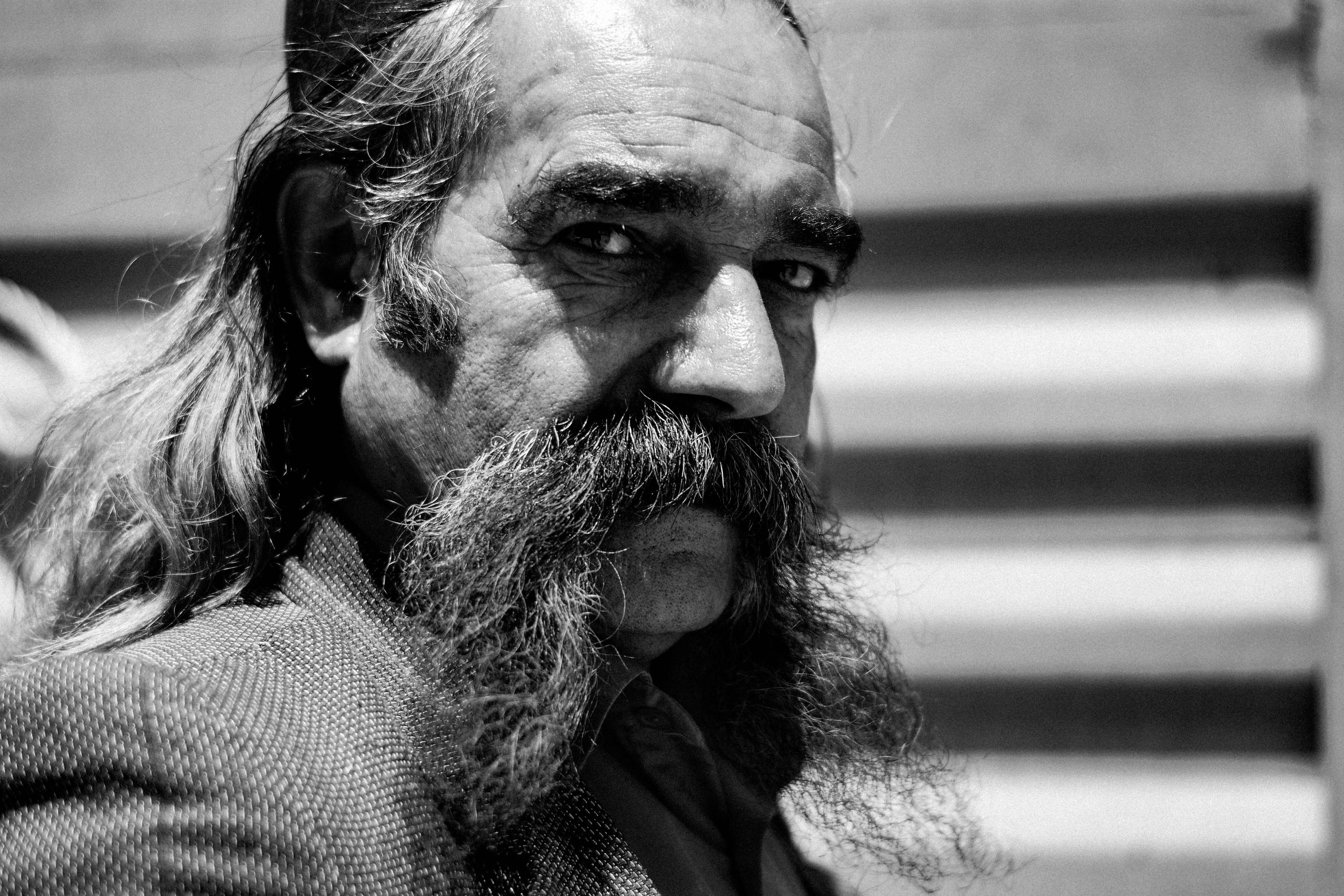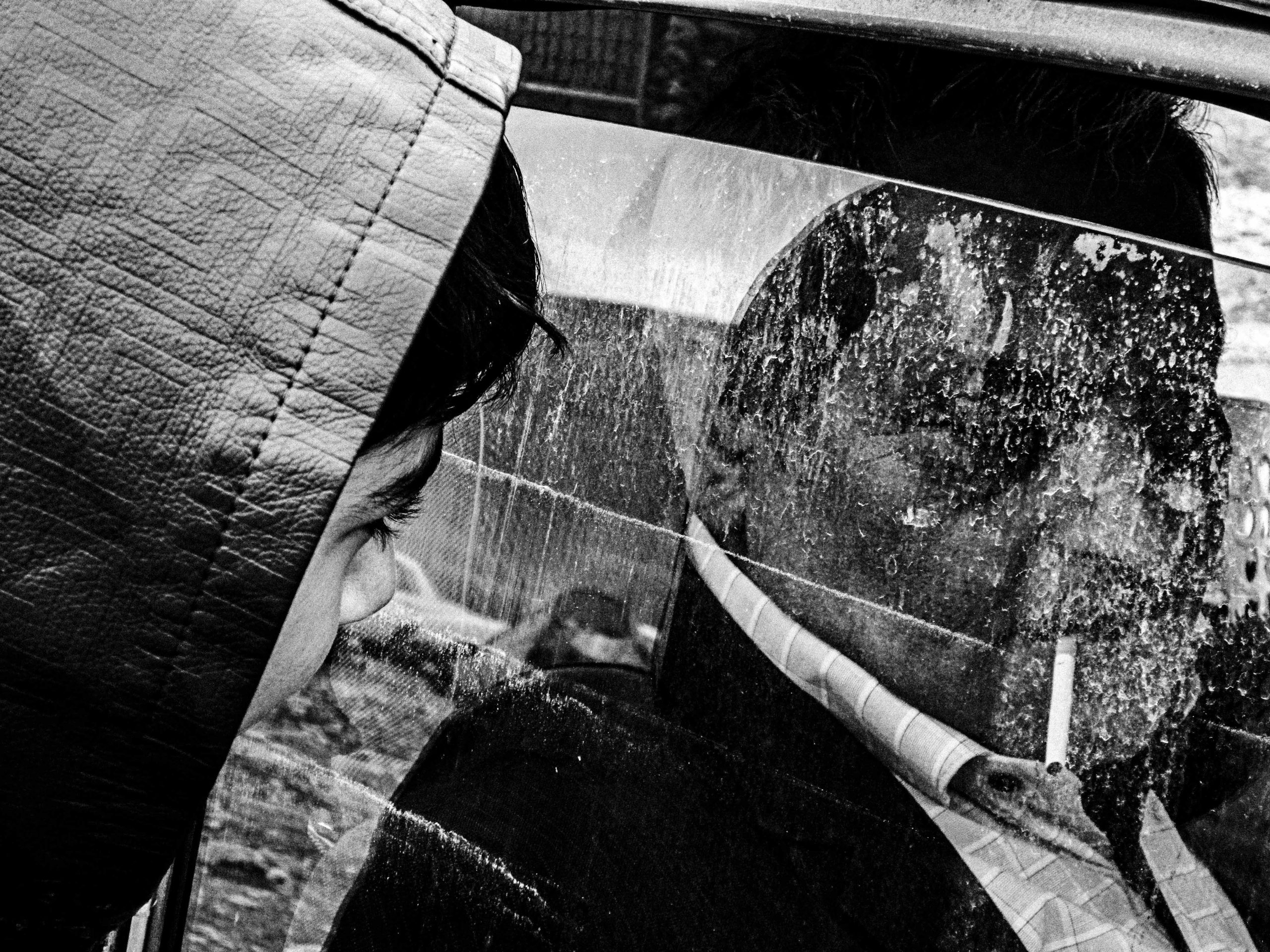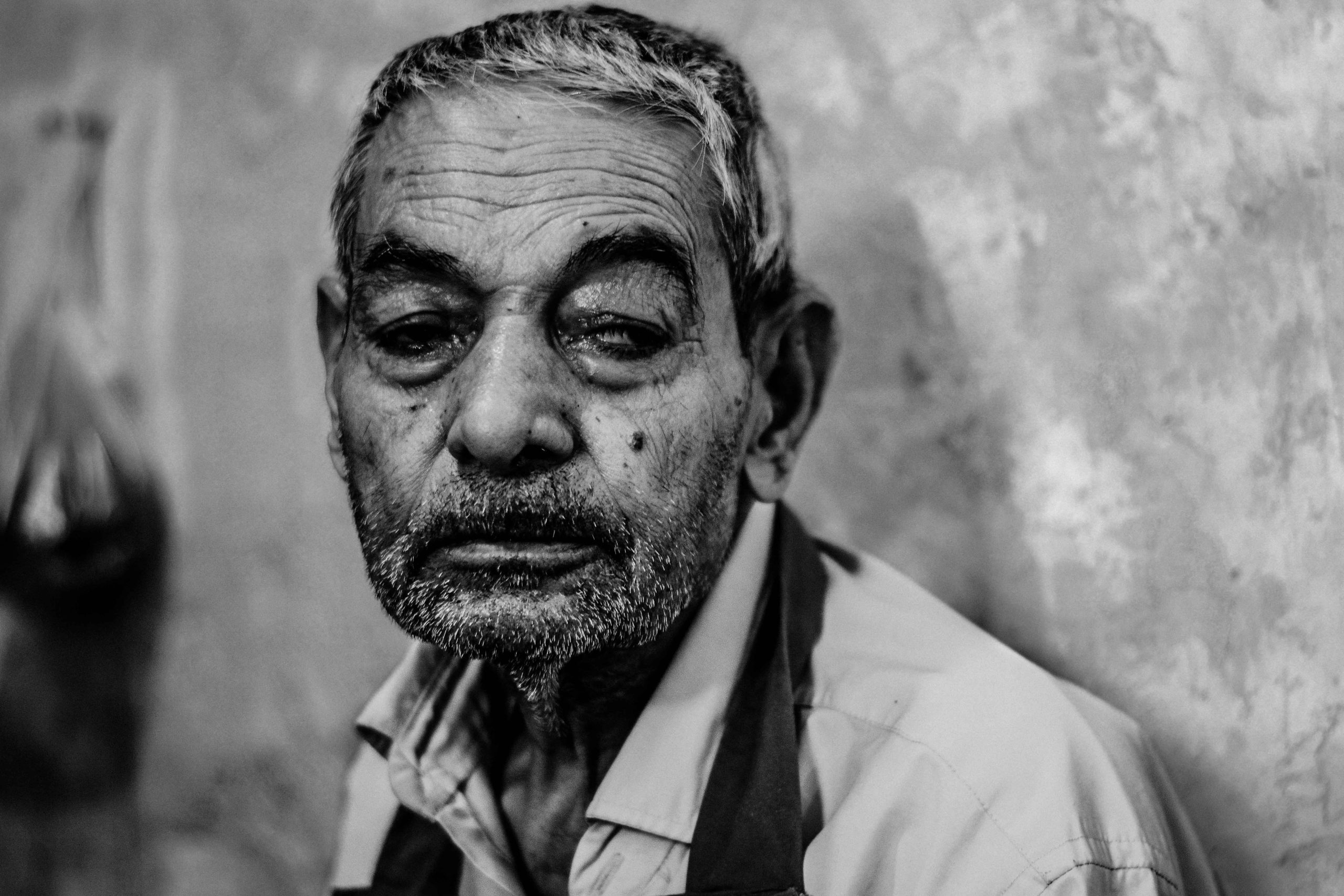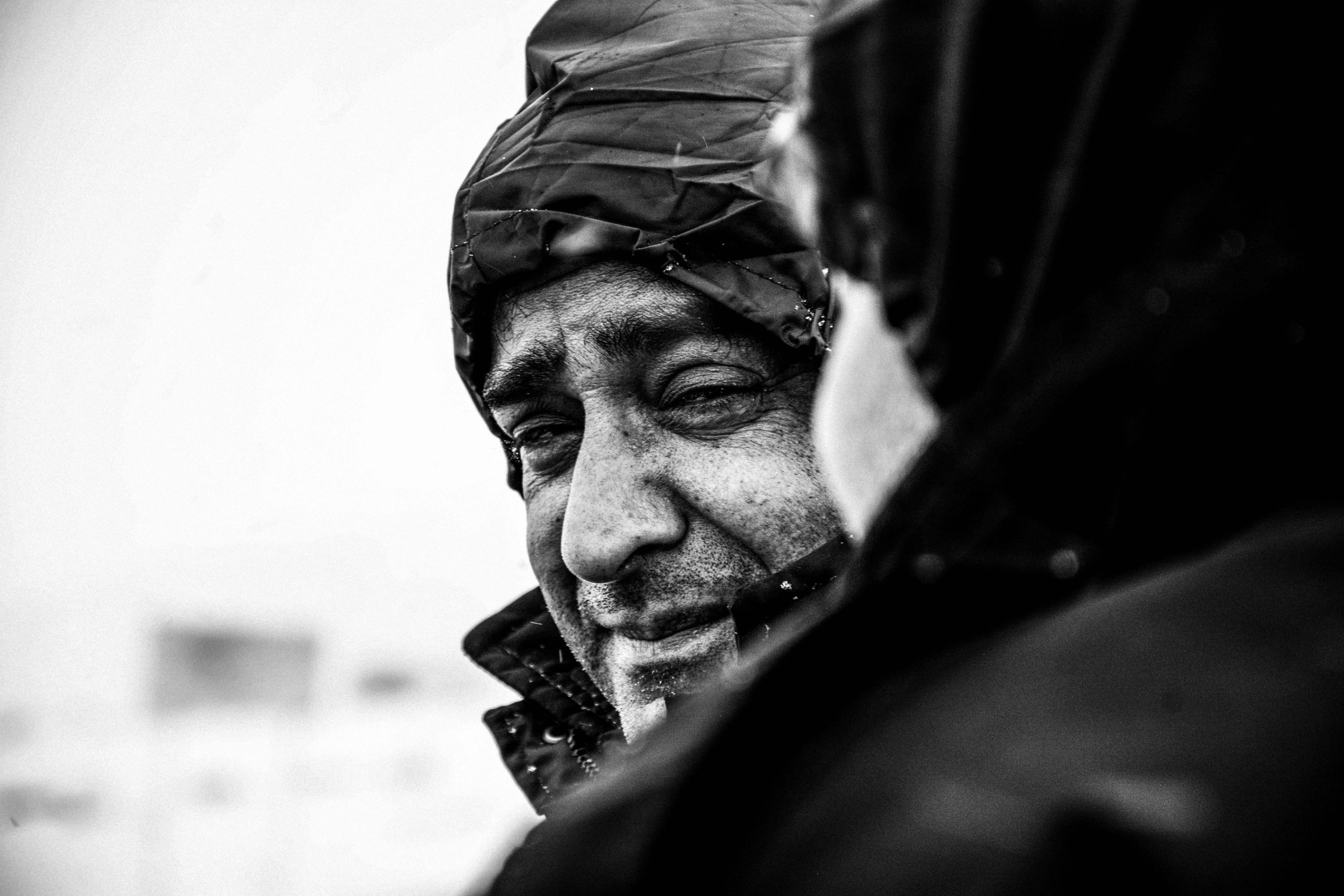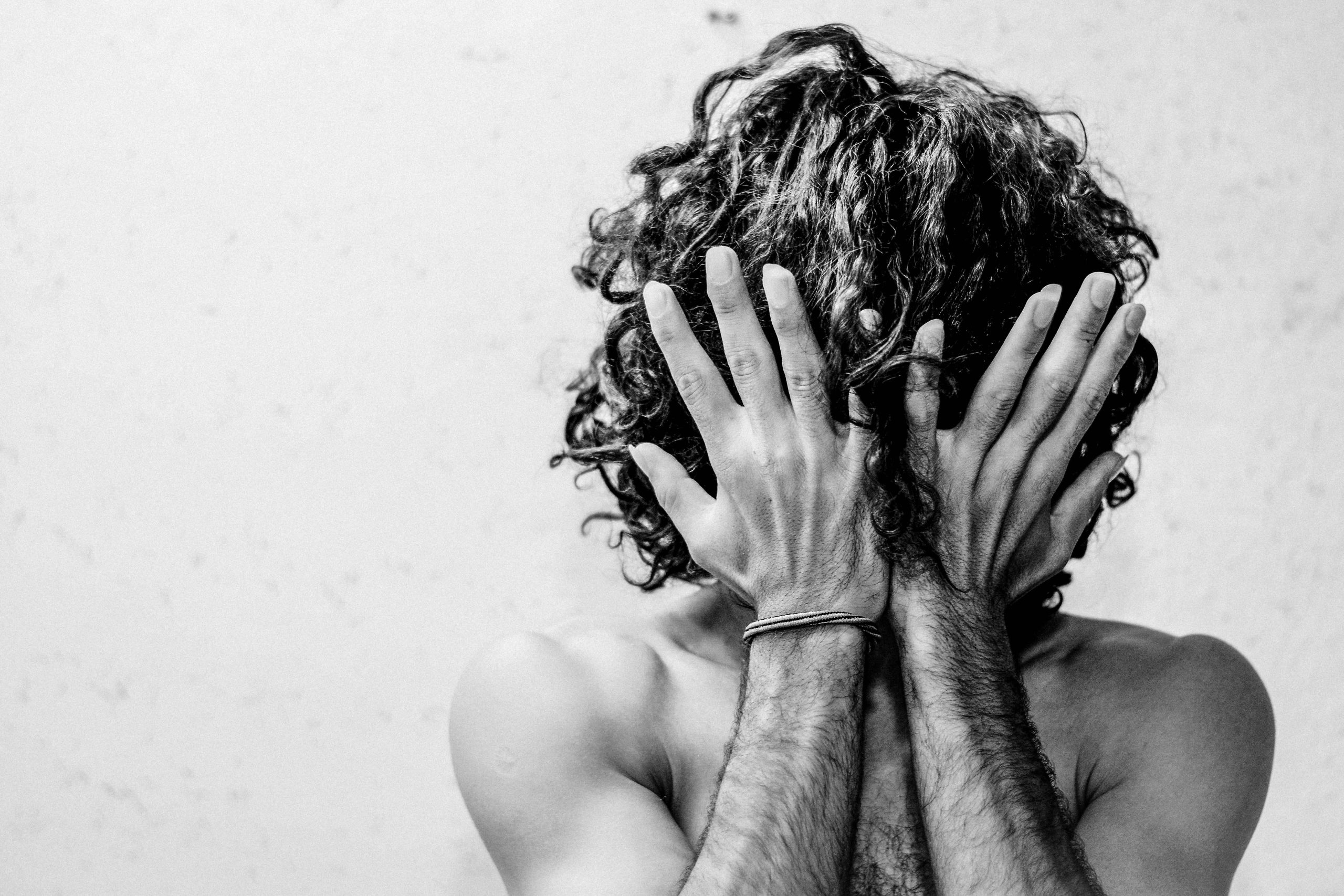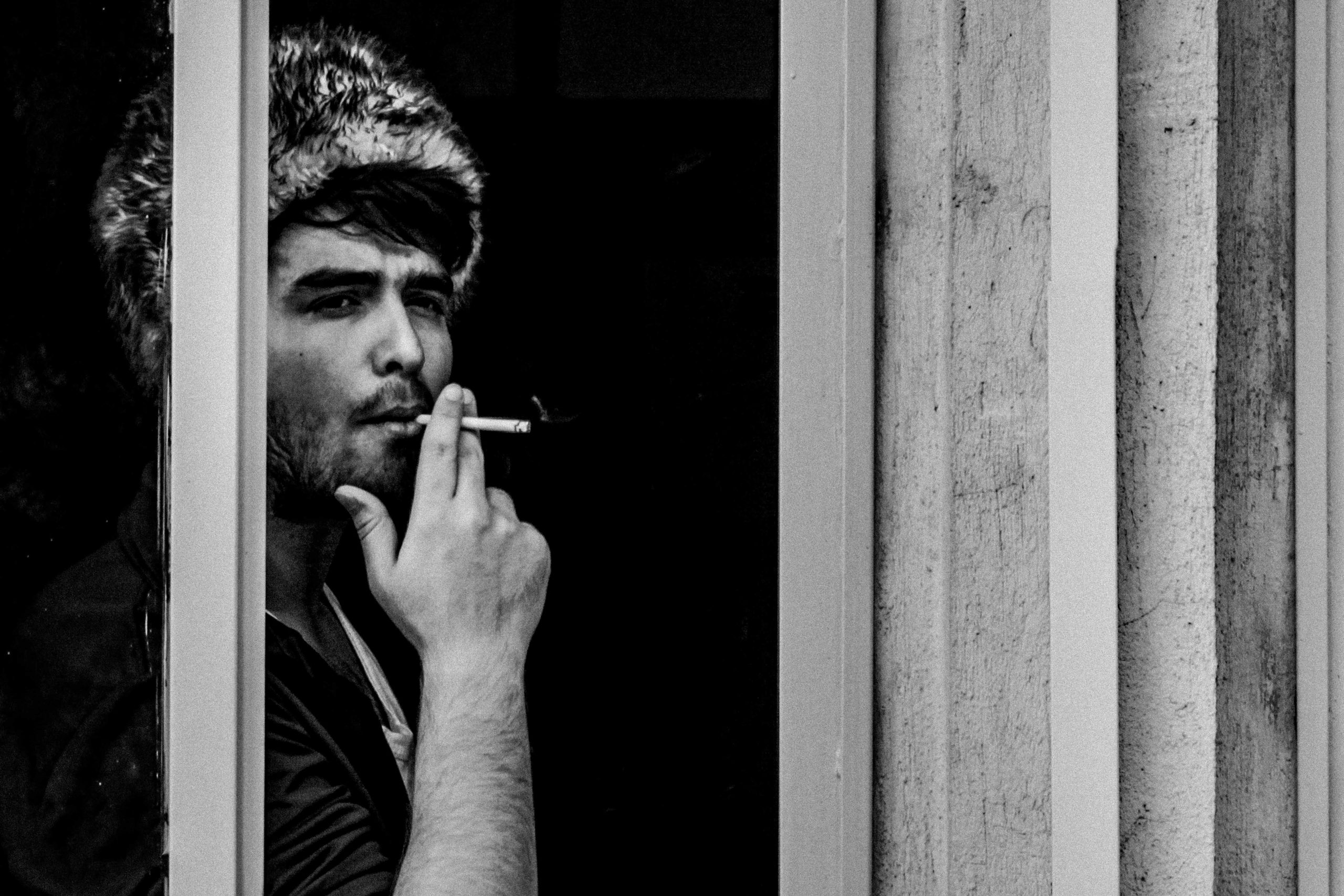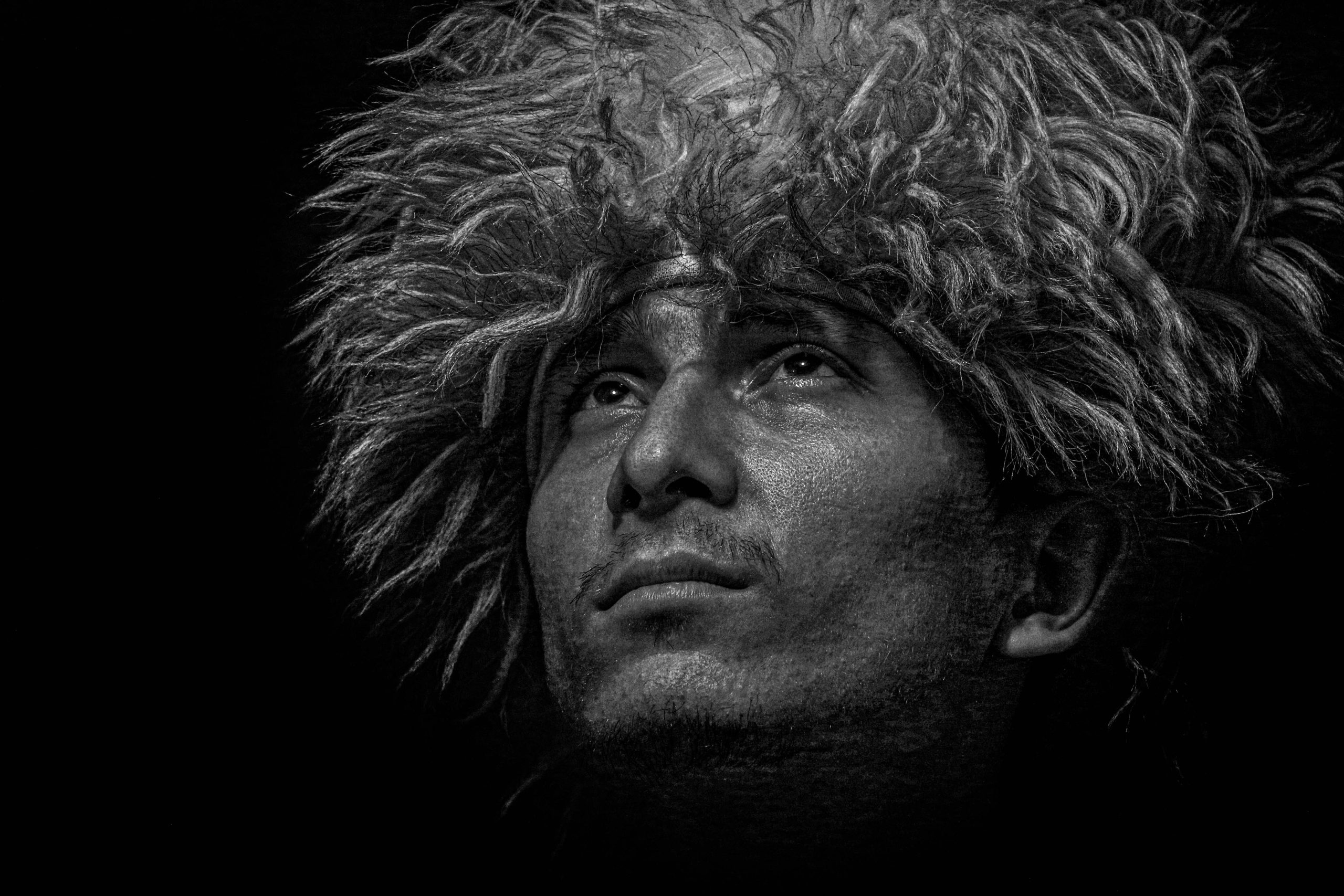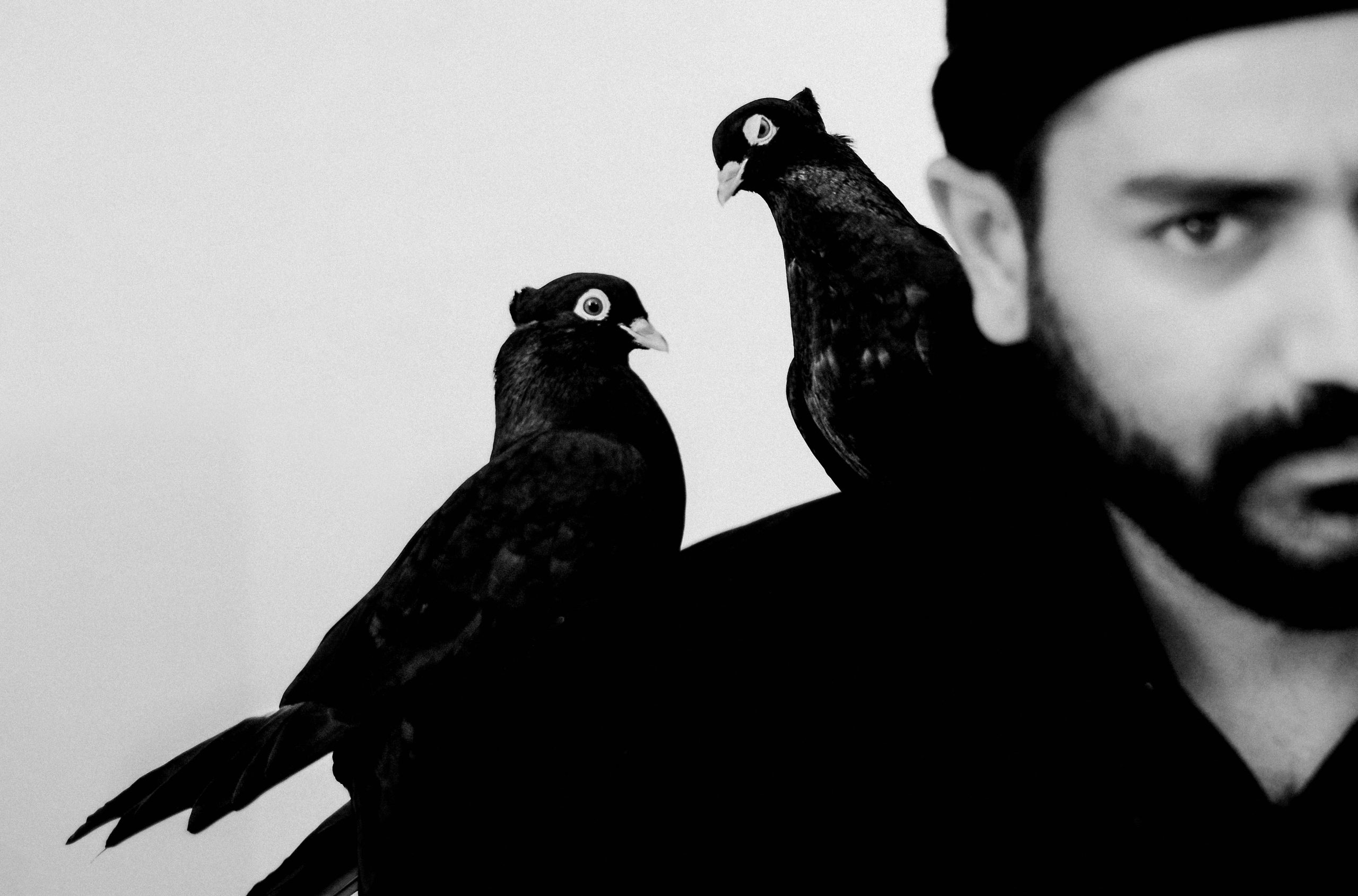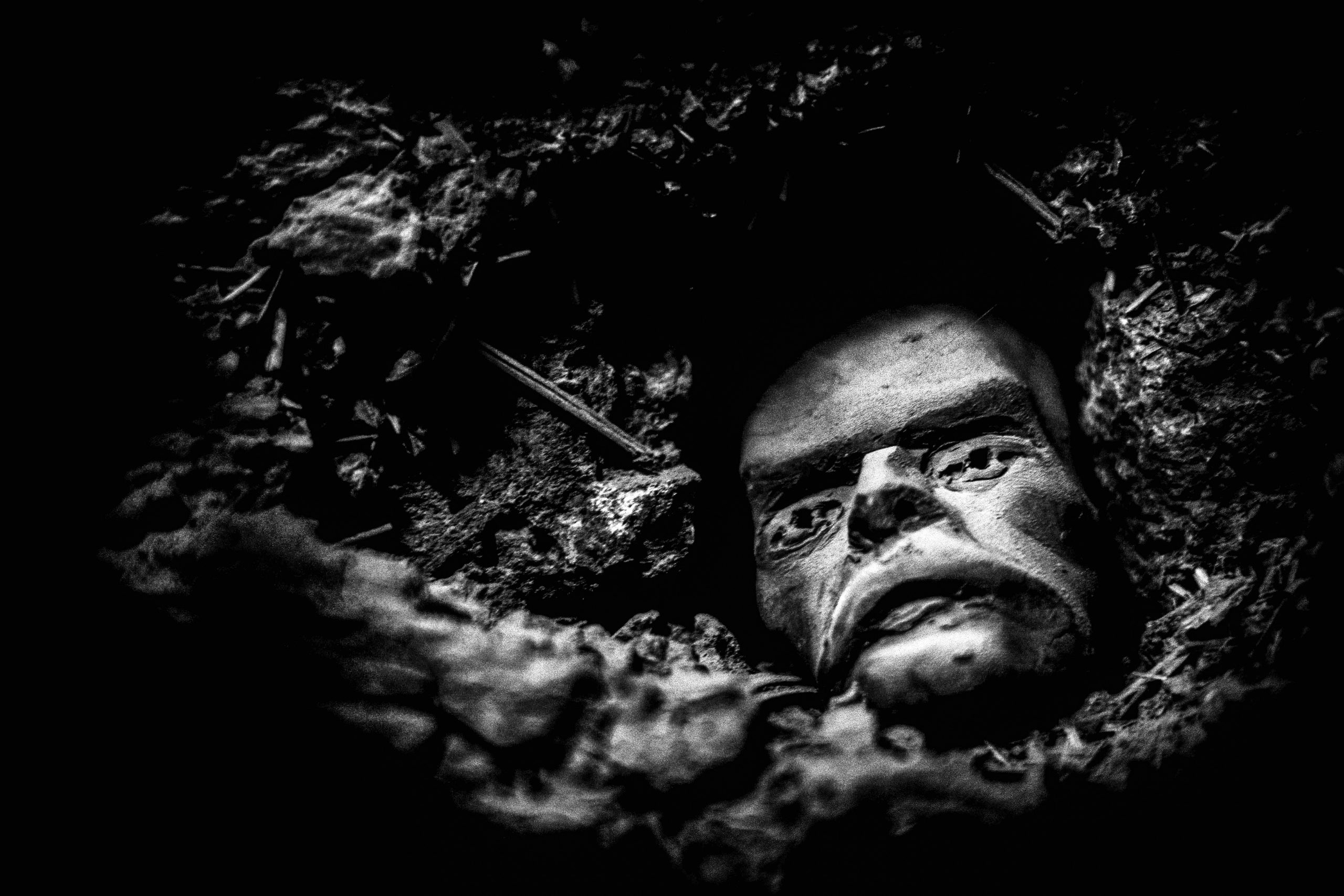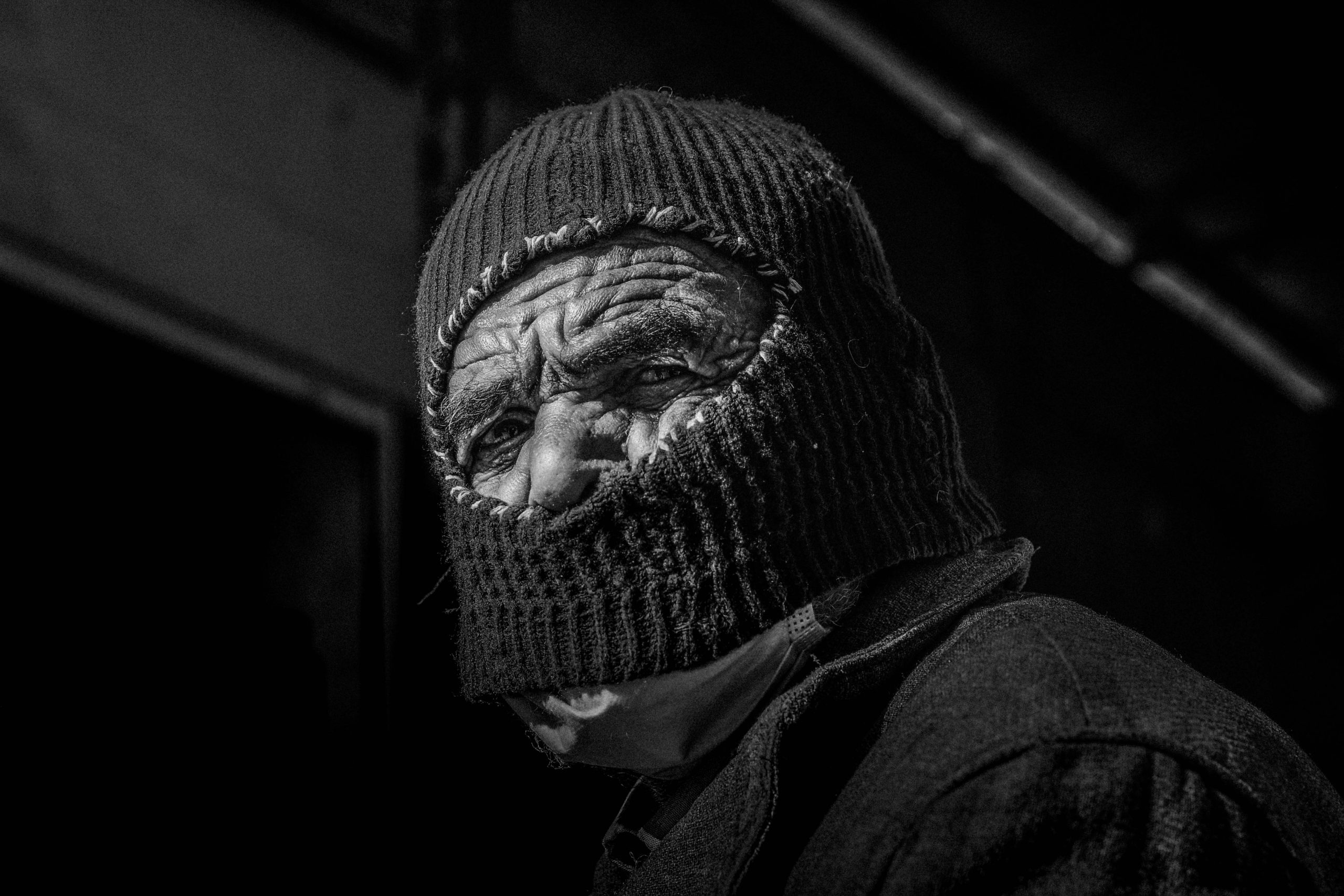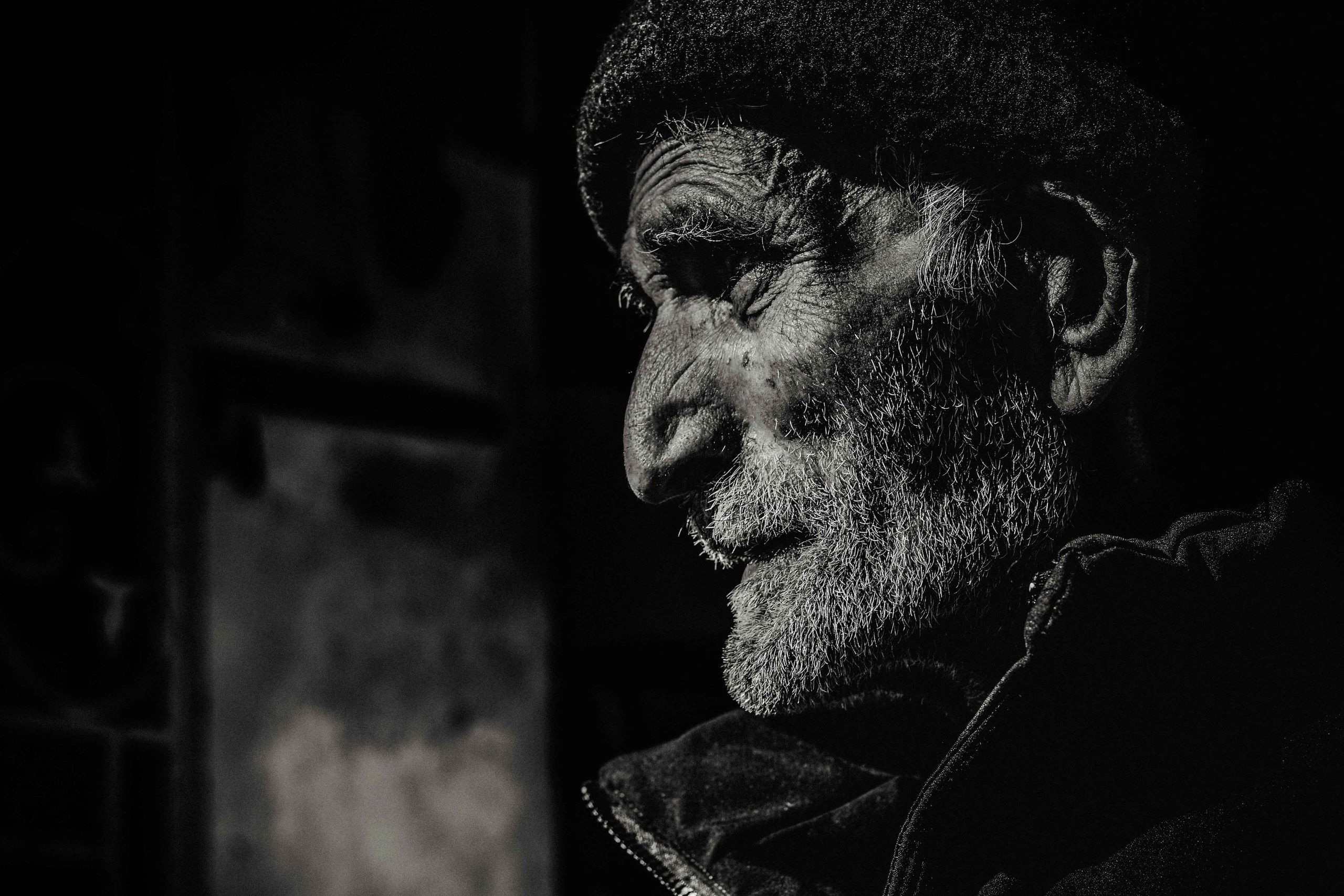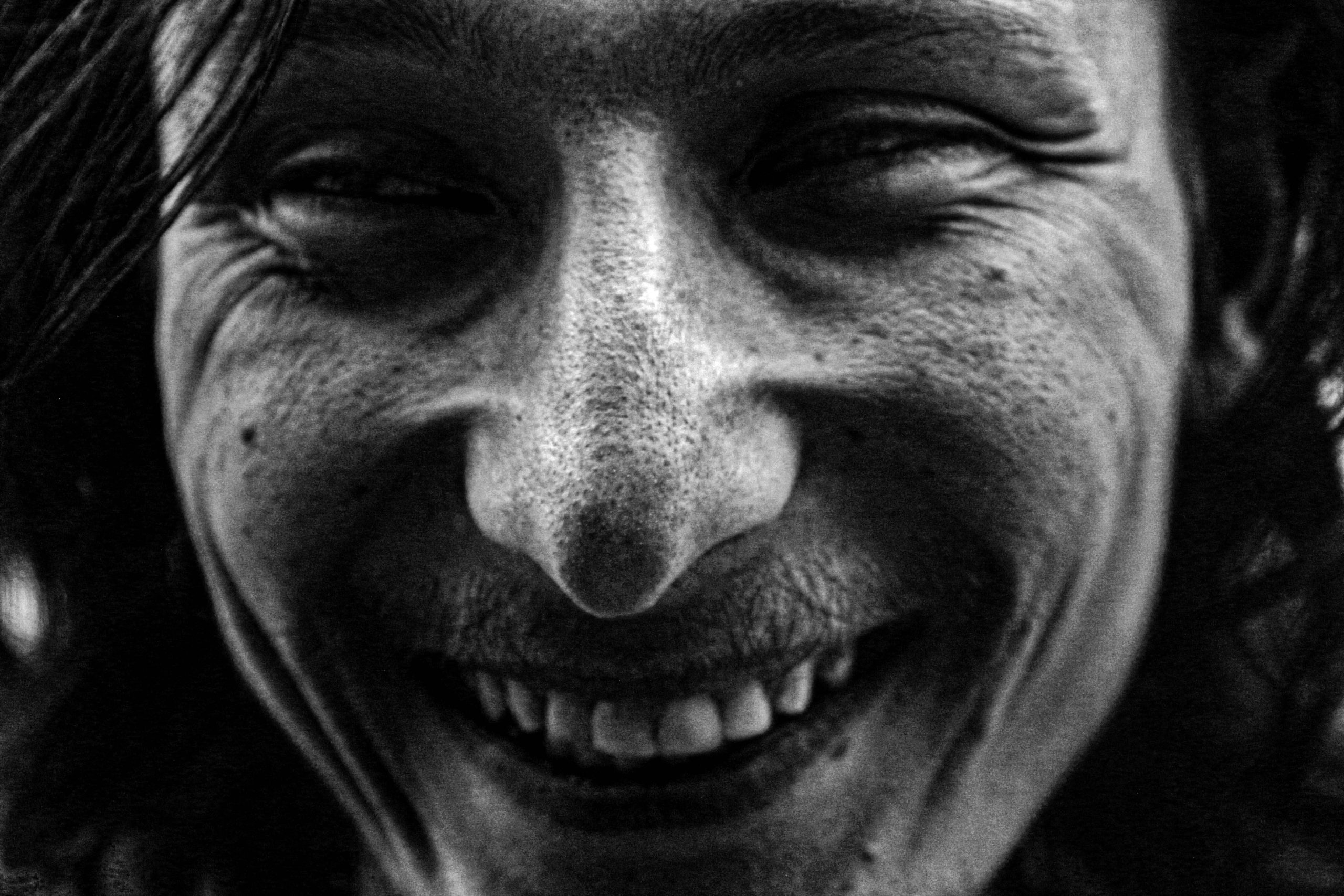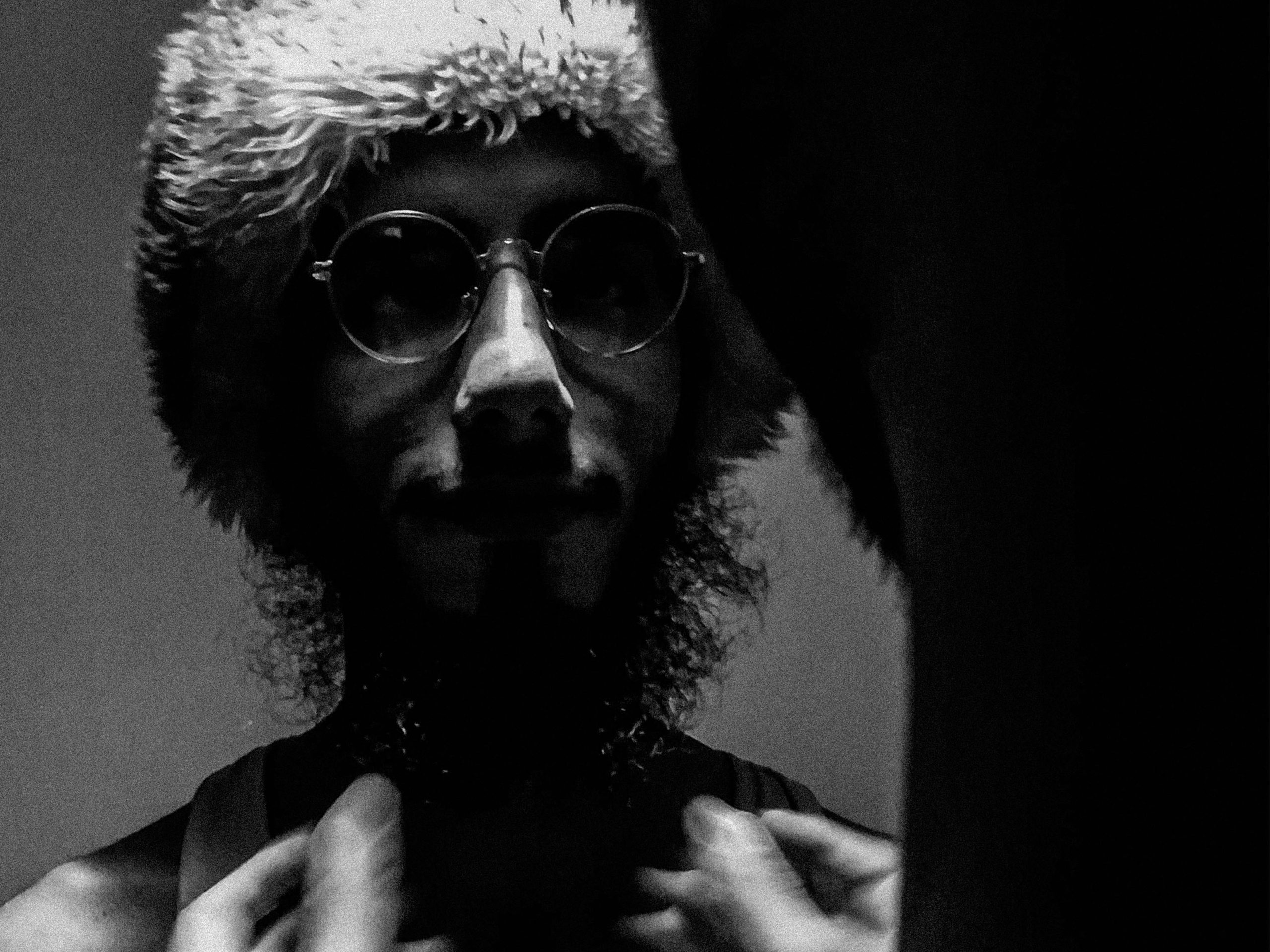
a Selection of photography by Mohammad Mohammadi
It is in "Seeing" that everything happens as an inner unspoken process. The eyes become a window of the soul that eagerly searches and sends greetings to whomever they see. In his photographs, which were taken between 2014 and 2021, Mohammad Mohammadi, like a mirror, searches for the souls of people in their gaze, and rather than trying to prove himself, he becomes the narrator of the unsaid. The faces that he displays are the silent cries of people who, in the struggle with suffering and boredom, relentlessly continue to search and discover the world. What Mohammadi has in common with his subjects is the praise of Seeing, both of them bridge the distance between the heart and the eye like an old child and excel at playfulness. As Jeff Brenner says: “Looking is a gift, but Seeing is a skill.”
فراسوی دیدن ـ عکس های محمد محمدی
در دیدن است که همه چیز چُنان یک سیر ناگفته ی درونی اتفاق می افتد. چشم ها به دریچه ای از روح بدل می شوند که مشتاقانه جستجو می کنند و به هرآنچه بر نظرشان آمد درود می فرستد. محمد محمدی در عکس هایش که به فاصله ی سال های ۱۳۹۳ تا ۱۴۰۰ ثبت شده است، همچون آئینه ای، روح آدمیان را در نگاه خیره آنان جستجو می کند و بیش از آنکه در تلاش برای اثبات خود باشد، راوی ناگفته ها می شود.
چهره هایی که او به نمایش می گذارد، فریادِ سکوت انسان هاییست که در ستیز با رنج و ملال، بی پروا همچنان در جستجو و کشف جهان هستند. وجه اشتراک محمدی با سوژه هایش، در ستایش دیدن است، هردو همچون پیرفرزانه ای فاصله ی میان قلب و چشم را بر می دارند و بر نظربازی تعالی می یابند. آنچنان که جف برنر می گوید: «نگاه کردن موهبت است ولی دیدن توانایی است.»
Mohammad Mohammadi
Graduated with a bachelor’s degree in museology from Isfahan Art University, he started photography as a self-taught hobby in 2014, focusing on architecture and minimalism. He also experimented with social documentary and portrait photography. Moreover, during these years, he recorded the architectural photography of the tangible heritage of Isfahan and Shahreza with a historiographical view. In his artistic life, Mohammadi has paid more attention to photographic playfulness than to mediums and artistic presentations, which stems from his experimentalism and infinite .passion to capture the unseen.
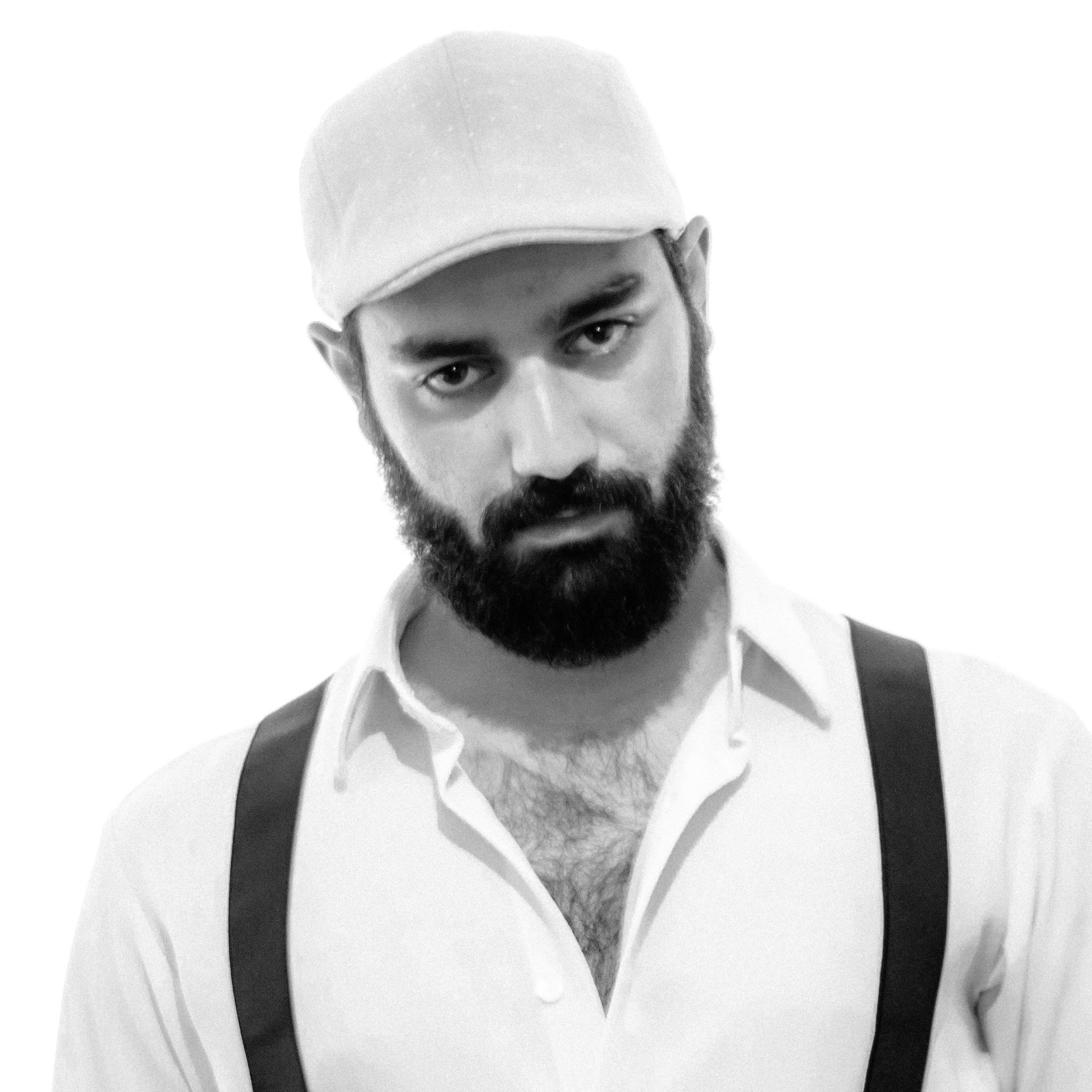
Beyond Seeing & Documentary Portrait
According to many professional photographers around the world, a quality documentary portrait tells a story. In this sense, it goes beyond capturing faces, as there are fantastic documentary portraits that do not show the faces of the subjects. With the fact of capturing a fixed image of the sky, the earth, the boots without capturing a face, you can learn a person’s profession as well as their form and lifestyle. A documentary portrait is more than a photograph, it is an unfolding story.
According to professionals who are dedicated to this type of photography, great portraits are not made with a quick photo in mind. Just as an author needs to study his characters, a photographer needs to think about how he’s going to tell his story through a still image…
Documentary portraiture seeks to make the world know, admire and understand the situation of universal cultures as well as their condition and way of life. Its sole purpose is not to inform, but to show the reality and history behind the still image. The photographer does not direct events in order to photograph them, but takes photographs as they unfold so that they are spontaneous and unintentional.
In documentary portraiture, photographers usually do not ask for subjects to pose to capture the moment. Most commercial photographers assume that subjects pose in order to seek the artistic in the photograph. The nature of documentary portraiture is to represent the naturalness of the subjects’ daily lives, so it will be difficult to find a photographer who offers a pose. The best portraits come from the naturalness of the expressions.
The idea is to represent the subjects as they are, without putting on a certain mask or seeing it a certain way…


